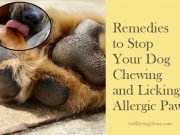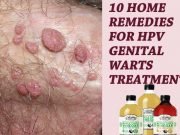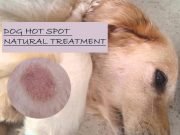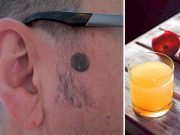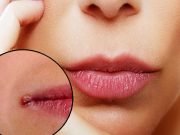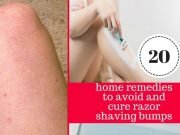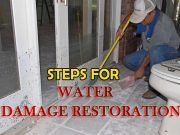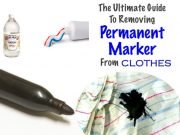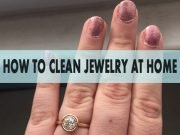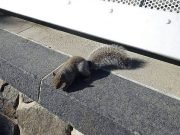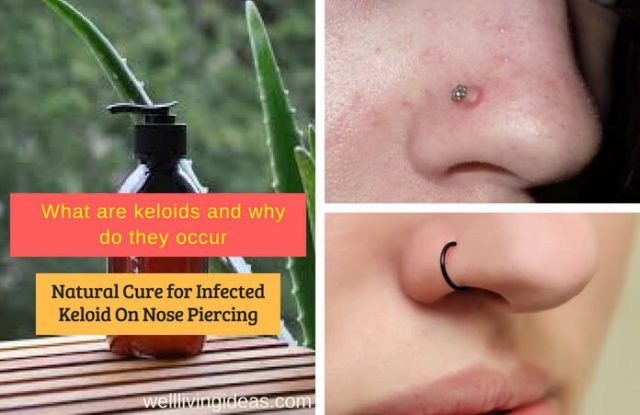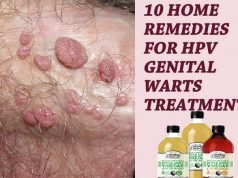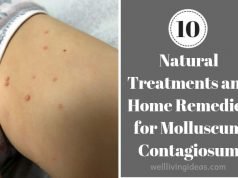If you thought that enduring a minute or two of pain was all you had to do to get a cool, new piercing, you are in for a mighty surprise! Piercings are tricky business – they need to be disinfected and cleaned daily and dried thoroughly afterward to make sure that the area is not damp enough for an infection to develop. It is, thus, not an option to slack off with the aftercare of a piercing.
What are keloids and why do they occur?
Piercing any part of your body requires forceful wounding of that part to accommodate the piercing. The body responds to this by developing fibrous skin tissues, commonly known as scar tissue, over the wound in order to protect it from external factors so that it can heal and close on its own. However, in certain cases, the tissue growth is excessive and cause dark, hard layers of skin called keloids to develop over the wound, sometimes extending far beyond its periphery. They generally occur during the period of healing and in certain cases, even after the wound has healed.
Are they fatal?
Keloids are absolutely not fatal. They are not harmful to your body or health but are generally deemed unwanted because they are an unsightly additional growth on your body. Keloids are more of a cosmetic problem than a medical one. They may reoccur after being removed and can cause other symptoms like soreness and itchiness when the keloid comes in contact with other surfaces like clothes or nails. Moreover, if the scar tissue develops over a large area, it can restrict your normal movement. It is, thus, not the keloid itself but its associated symptoms that turn out to be a problem.
How to cope with a nose piercing scar?
Before getting your nose pierced, realize and acknowledge what you are getting into. Piercings on the nose, septum, and ear are more likely to develop scarring afterwards because the piercing has to pass through cartilage, which is more likely to develop scar tissue upon trauma. The scar can be hypertrophic – in which case it will usually disappear on its own, or a keloid scar – which will require you to adopt a hands-on treatment option.
Conventional medicinal options for keloid removal
Keloid scars are unfortunately quite tough to remove permanently due to their recurring nature. A minor scar tissue removal surgery may have to be performed to remove the initial keloid. After that, you will be put on a prolonged course of strong antibiotics and other medicines to help you recover from the surgery, heal your piercing, and prevent further keloid formation. An ointment may also be prescribed for the latter. All in all, the whole procedure will be a pocket pinch and an unnecessary hassle to deal with, all for a little piercing! Instead, go natural.
Why go natural?
For obvious reasons, people prefer natural home treatment options to cure their keloid scars. Here are some of the reasons why they have become more popular than conventional surgical practices:
- It is way cheaper and can literally save you thousands.
- Most of them can be prepared easily at home with easily available ingredients.
- No matter how minor a surgery, there’s always a certain degree of risk involved with the procedure. Natural treatment eliminates the risk factor from the healing
- These treatment options have proven to be just as effective as their surgical counterparts, without the complications.
Given below are 10 such amazing natural ways that you can utilize to remedy keloid formation on your nose and keep the area sanitized as well:
1. Use the ageless effectiveness of salt-water solution
Salt is one of the cheapest and most easily available natural antiseptics whose powers of disinfecting and sanitization are unparalleled. To prepare this treatment, make sure that the salt used in its preparation is non-iodized, otherwise, it might adversely affect the piercing(1). Mix the salt thoroughly with lukewarm water and use the solution for a warm compress. The towel used for the compression needs to be absolutely clean. Be extremely gentle while compressing, however, so as to not stress the wound any further.
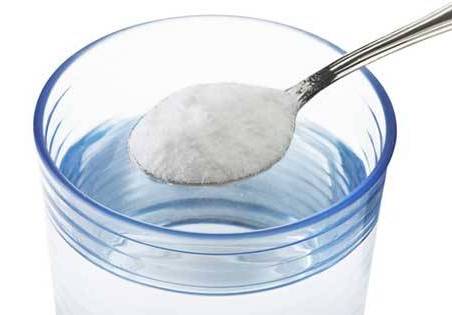
2. Don’t just cook with lemon and honey, treat with it too!
One of the fastest ways to get rid of a nose piercing bump is to treat it with lemon and honey. Lemon has strong cleansing properties that drain the area of any and all germs without being too harsh. Honey helps moisturize the site of infection, which goes a long way in preventing crust formation, and also helps soften the scar tissue, making it easier to remove. Squeeze a freshly-cut slice of lemon into a teaspoon of organic honey. Mix well and apply it using a fresh Q-tip on the piercing and liberally on the keloid. Repeat twice a day to quickly achieve remarkable results.
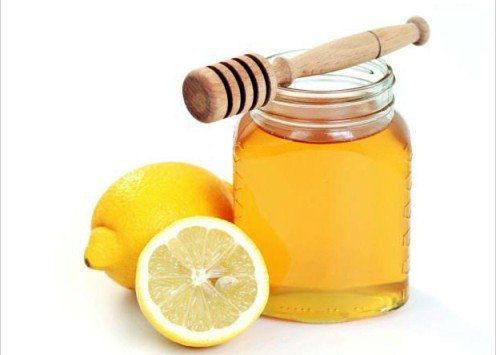
3. Have faith in the power of ACV
You must have heard of ACV (Apple cider vinegar) being used for weight loss. This is because it has anti-toxin properties that help relieve your body of harmful substances. Similarly, when used as a treatment option, it works in two distinct ways – one, it rids the piercing of the cause of the infection and two, its enzymes break down the existing scar tissue and prevent more from developing. Mix equal parts ACV with equal parts water. Dip a cotton ball into the mixture and gently dab it around the piercing, allowing it to get absorbed into the skin. Repeat the process no more than once a day if you have sensitive skin.
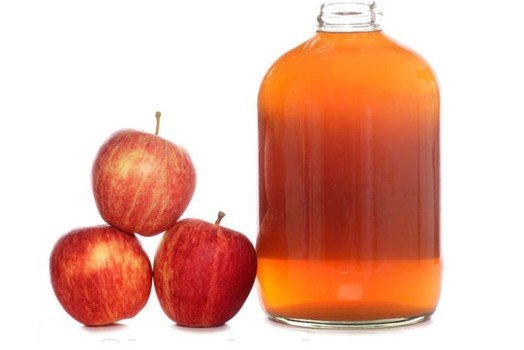
4. The soothing effects of chamomile
There is a reason why doctors prescribe drinking a cup of warm chamomile tea before heading to bed. It is a natural relaxant and has supreme soothing properties. It is, thus, an excellent natural substitute to treat skin conditions that cause discomfort and irritation. Make a cup of chamomile tea as you would, letting the tea bag or the tea leaves steep for a couple minutes. Use the tea to apply a warm compress on the site of the infection, applying each compress for at least half a minute to really let the tea soak into the piercing. The procedure should be repeated at least twice a day.
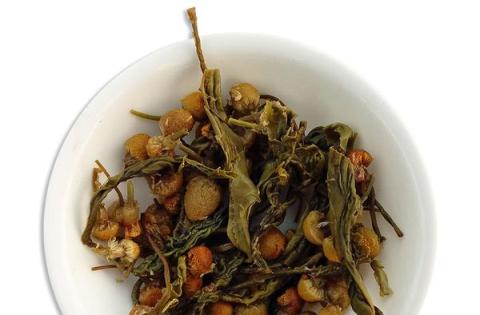
5. Aspirin to get rid of the keloid headache
The anti-inflammatory properties of aspirin have been used to treat headaches for decades now. However, this modern drug can be used in a natural way to reduce swelling of the piercing and the keloid, and to drain out the pus and other fluids from the site of infection. All you need are a few aspirin tablets. Crush them up and add as much water as required to make a paste. Apply it on the infection every night for the treatment to work its magic. You will notice improvements within the month. Stop using this treatment once the red bump has cleared up as it may dry out the piercing.
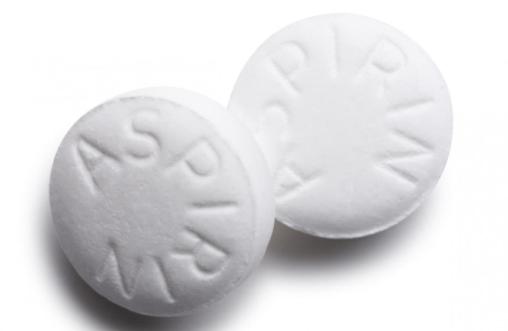
6. Tea tree oil to heal the infection
Tea tree oil, like every other variety of essential oil, has a host of wonderful benefits that can be reaped upon its regular application. The oil absorbs the excess dampness in and around the site of infection so that microbes do not find a favorable spot to live and breed. It also has anti-bacterial and anti-inflammatory properties. Want to know how to treat a keloid using tea tree oil? Mix a teaspoon of tea tree oil in a tablespoon of any suitable carrier oil and gently massage the mixture on the piercing. The redness will start to fade in a couple weeks, as will the keloid infection.
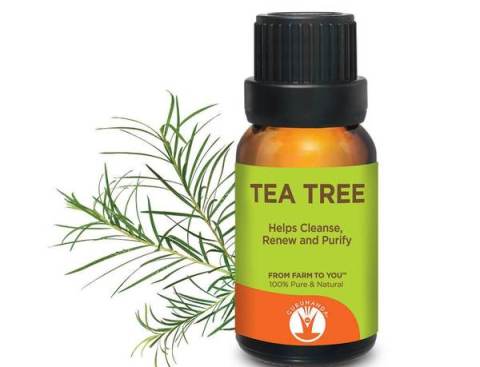
7. Aloe: the coolest disinfectant around
There’s very little that aloe cannot do! This miracle plant has been known to be the best defense against all kinds of skin problems. It is soothing, moisturizing and combats harmful microbes extremely well. Even better, it can be used in a number of ways to treat nose ring infections so you need to find one that works best for you. You can add a bit of coconut oil to the aloe extracts and make a gel for easy application. Or, you can mix it with a bit of tea tree oil and water to prepare a healing solution that will get the job done in no time at all.
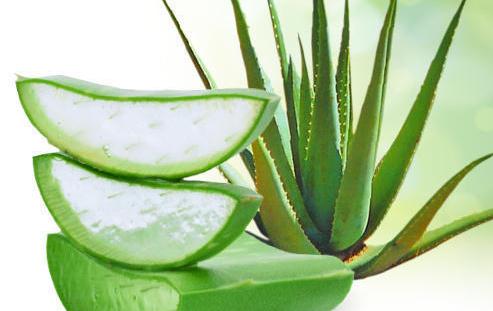
8. Hot and cool: alternating between compresses for faster healing
Your mom wasn’t kidding when she said that 8 glasses of water a day can cure just about anything! Using plain water for an ice pack compress and a warm water compress alternatively can help ease the discomfort. While the coldness from the ice pack diminishes blood supply to the site of the infection, causing the keloid to shrink over time, the warm compress helps the pores of your skin open up, which make it easier to remove the infection. This option should be used along with other treatment options. For example, apply a warm compress before administering ACV to the infected area for a more thorough cleaning.
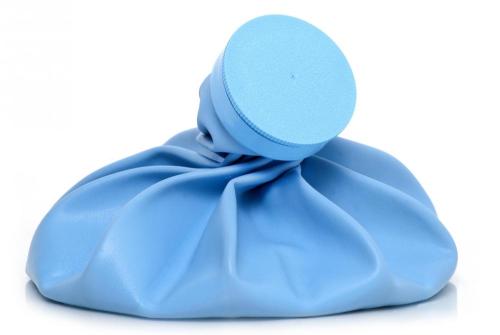
9. Using garlic to ward off infection
Garlic is an excellent natural astringent and antiseptic. Traditional recipes incorporate garlic because it keeps food from attracting germs and also cleanses toxins from your system. Treating piercing infections with garlic has proven to be quite effective and hassle-free. All you need is a fresh clove of garlic. Slice the clove into two halves and gently massage on the infection. Alternatively, you can crush the garlic into fine bits and steep it in warm olive oil for 15 minutes. Use a clean Q-tip to massage the oil properly onto the piercing to encourage faster absorption into the skin.
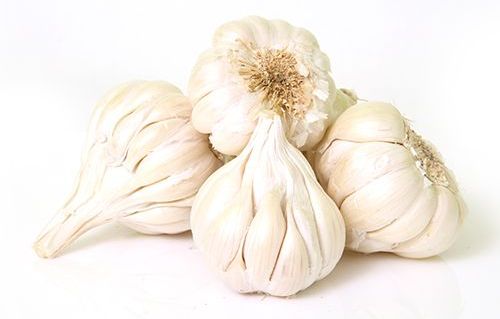
10. Calendula oil can help treat lump next to nose piercing
Calendula as one of the most vital ingredients of several homeopathic medicines. The herb deters the formation of scar tissue and promotes the growth of new skin tissue. It also disinfects the area effectively. Apply no more than 3 drops of calendula oil to a teaspoon of any other carrier oil that suits your skin. Coconut oil is, however, the most preferred. Make sure that both the oils are 100% organic and free from added preservatives, if store-bought. Apply the mixture on the site of infection at least twice a day.

How to clean a nose piercing?
Here’s the proper aftercare routine for your nose piercing:
- Heat half a cup of water till it’s lukewarm and add a teaspoon of salt to it.
- Take a Q-tip and dip it in the salt water. Dab the area around the piercing very gently with the soaked Q-tip and rub ever so slightly to remove any debris or residual skin that might have accumulated around it.
- Take another dry Q-tip and dab it around the piercing to soak up the water, as dampness encourages infection to set in.
Signs of healing nose piercing
According to the Association of Professional Piercers, as the piercing on your nose begins to heal, the traces of blood in and around the site of the piercing will gradually disappear. A thin crust may begin to develop around the piercing, which is actually a combination of dead skin cells and dried-up bodily fluids that have accumulated around the piercing over time. You will need to clean this residue out at least once a day to prevent it from getting too tough for removal and avoid infections. Additionally, the site will start to ooze a transparent fluid in trace amounts.
What not to do?
There are certain things that you must avoid to prevent the outbreak of keloid on your nose. For instance, never use foundations or creams around the site of the piercing while the wound is yet to heal. While taking a shower, take care to prevent water from reaching your nose. A professional piercer will provide you with a thorough list of aftercare instructions that you must follow as closely as possible to encourage quicker healing. The initial pierced stud or ring is usually made of gunmetal, which must be replaced with one made of silver or gold after 5 days.
Concluding remarks
The treatment for a keloid shouldn’t be delayed under any circumstances. The sooner you deal with the infection, the faster your piercing gets healed.
Related helpful resources –


